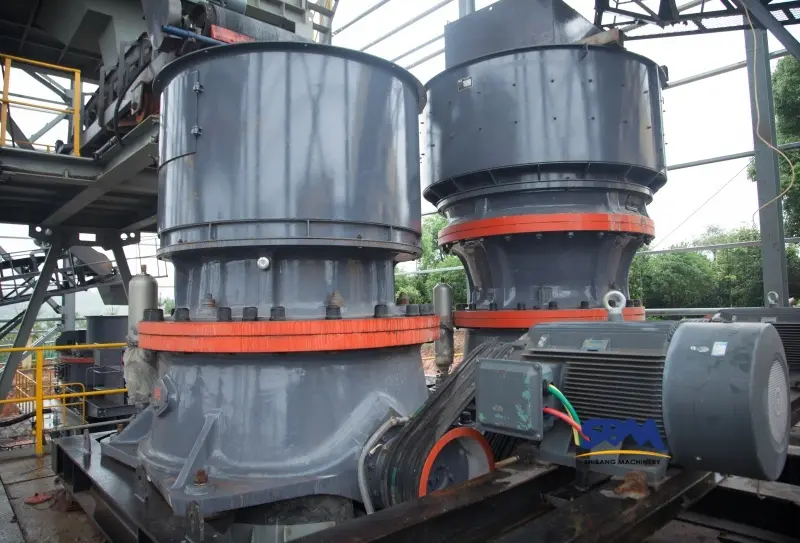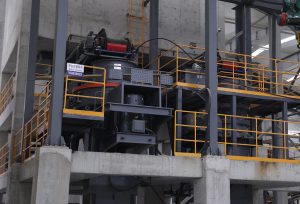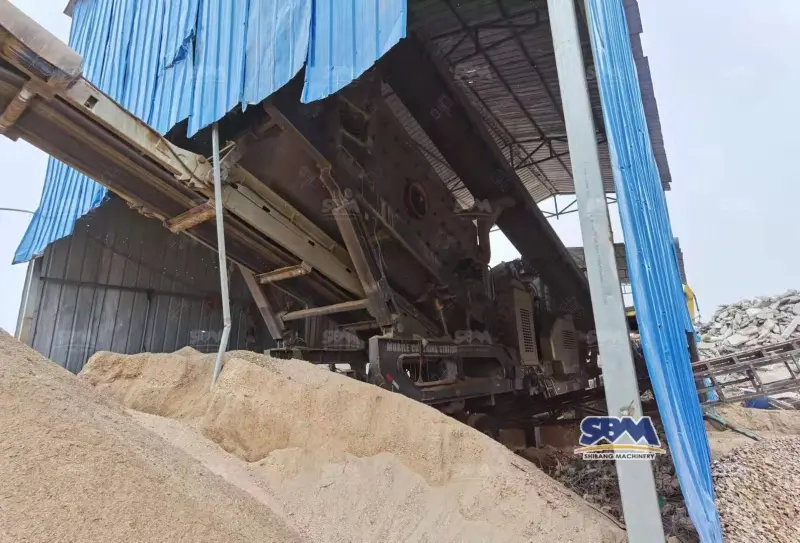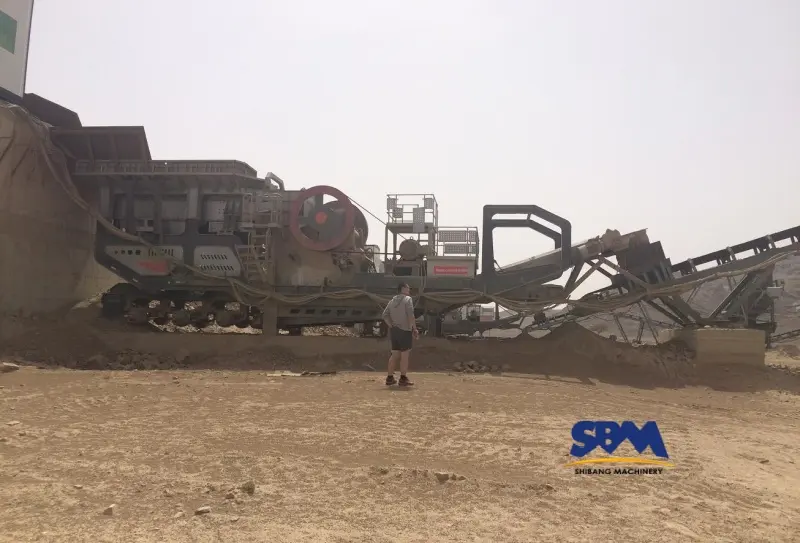E-mail: [email protected]
Cách chọn kích thước máy nghiền hàm phù hợp cho ngành công nghiệp của bạn?
Selecting the right jaw crusher size isn’t a guessing game—it’s a science rooted in material dynamics and operational calculus. For industries from hard-rock mining to urban tái chế bê tông, even a 10% mismatch in crusher dimensions can slash throughput by 30% or spike wear part costs by 50%. Here’s how to engineer your choice with laser-focused precision.
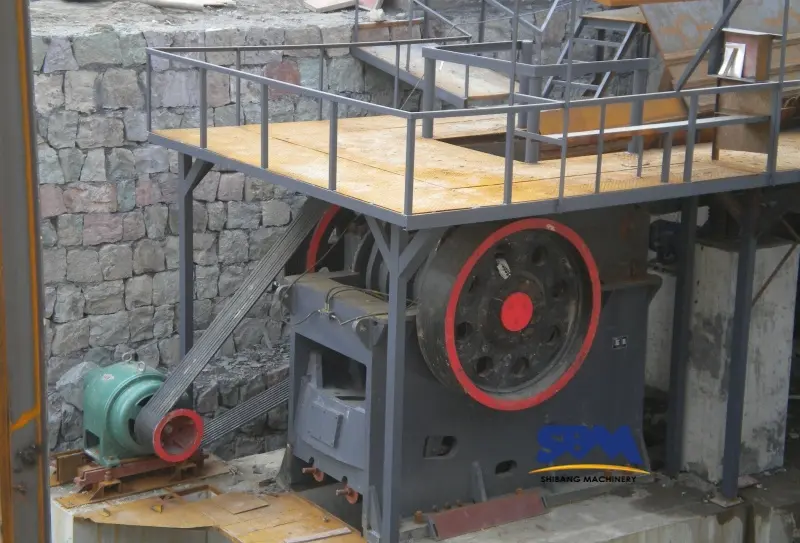
Why Jaw Crusher Size Matters?
The right jaw crusher size directly influence your workflow. A crusher that’s too large drains power and devours workspace footprint, while undersized models trigger mechanical failures and bottleneck entire operations. Take real-world proof: A South African gold operation slashed unplanned downtime 22% within six months by swapping to a properly scaled crusher matched to their vein quartz ore’s crushing resistance.
Key Factors to Consider:
- Material Properties
- Độ cứng: Softer materials (ví dụ., đá vôi) require smaller crushers.
- Kích thước nguồn cấp dữ liệu: Larger rocks need wider throats.
- Moisture Content: Wet materials demand deeper chambers to prevent clogging.
- Throughput Requirements
Calculate daily tonnage. A mid-sized crusher (ví dụ., 10×24 inch) handles ~150–200 tph, ideal for small quarries. - Space Constraints
Urban construction sites often opt for compact crusher models like 8×16 inch jaw crushers.
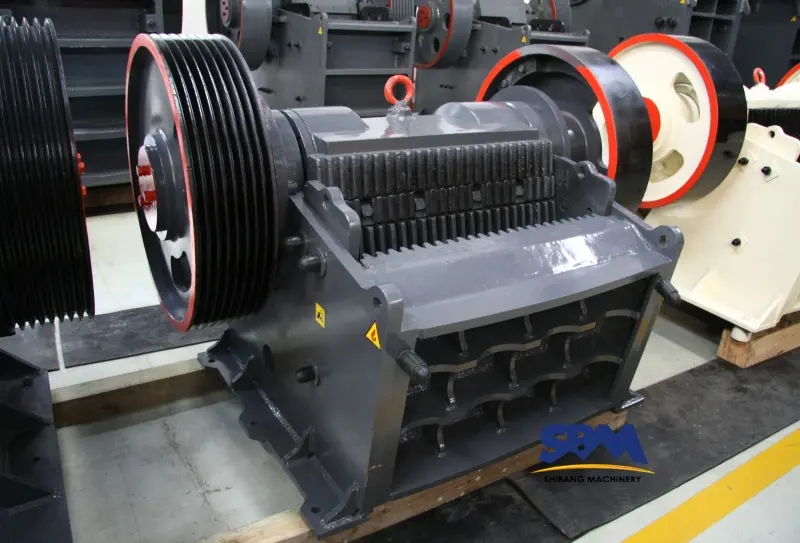
Industry-Specific Sizing Strategies
Khai thác: Match Crushers to Ore Type
- Iron Ore (Brazil): High-capacity 32×16 inch units process 300+ TPH.
- Coal (Ấn Độ): Smaller 18×24 inch crushers suffice for low-abrasion coal.
Sự thi công: Balance Mobility and Power
- Demolition Debris (UAE): Truck-mounted 20×36 inch crushers for on-site processing.
- Road Base Prep (nước Đức): Stationary 16×24 inch models for consistent output.
Tái chế: Focus on Versatility
A 24×36 inch crusher in Tokyo’s e-waste facility handles mixed metals and plastics, with adjustable settings for varying feedstock.
Technical Specs You Can’t Ignore
1. Openings & Chamber Design
- Width: Determines feed size (ví dụ., 36-inch width accommodates 24-inch rocks).
- Depth: Affects retention time; deeper chambers suit fibrous materials like rubber tires.
2. Motor Power
Underpowered motors (ví dụ., 150 HP for a 20×36 inch unit) cause inefficiency. Use this formula:
HP=2000Tonnage×Work Index
3. Stroke & CSS Adjustment
Hydraulic systems (common in EU models) allow quick CSS changes, optimizing for clay vs. đá hoa cương.
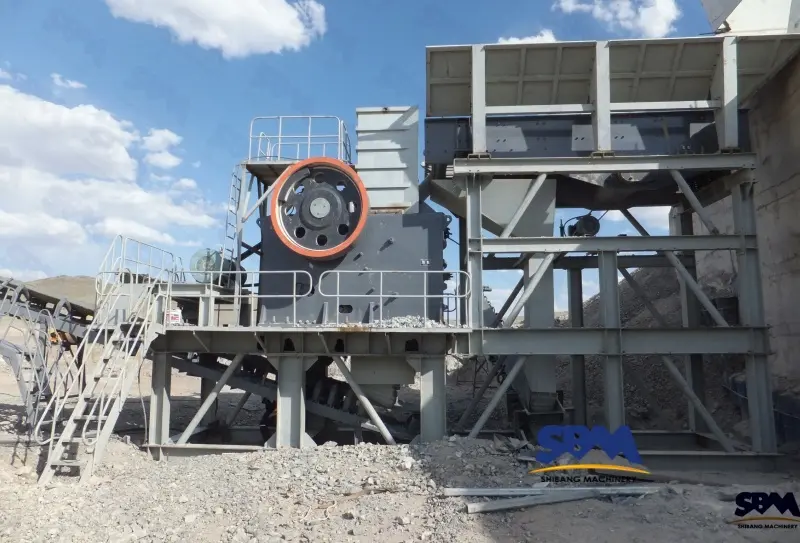
Avoid These Sizing Mistakes
- Ignoring Wear Parts: Replace concave liners regularly—worn plates force overloading.
- Overlooking CSS: A fixed closed-side setting reduces crushing efficiency by 15%.
- Neglecting Safety Margins: Add 10–15% to rated capacity for peak demands.
Cost vs. Longevity: Striking the Balance
A German recycling plant learned this the hard way: Cutting corners on right jaw crusher size saved 10kupfrontbutcost50k in annual maintenance. Invest in robust builds (ví dụ., Ni-hard cast steel) for heavy-duty cycles.
Final Checklist for Jaw Crusher Size
- ✅ Match feed opening to largest material chunk
- ✅ Calculate HP based on material hardness and throughput
- ✅ Factor in space and portability needs
- ✅ Allow room for CSS adjustments
By aligning jaw crusher dimensions with real-world demands, you’ll boost productivity without overspending. Ready to optimize? Start by analyzing your feedstock and throughput goals today.
trụ sở văn phòng
Whatsapp:+8615225176731
E-mail: [email protected]
Địa chỉ: KHÔNG. 1688, Đường Đông Gaoke, quận mới Phố Đông, Thượng Hải, Trung Quốc.
Trang mạng: https://www.mill-sbm.com/

